Anarta (Calocestra) trifolii
(Hufnagel, 1766)
-
 Subfamily: Hadeninae, Hadenini
Subfamily: Hadeninae, Hadenini -
 Wingspan: 31-39 mm
Wingspan: 31-39 mm -
 Flight period: Apr - Sep
Flight period: Apr - Sep -
 Spread: Common
Spread: Common -
 Host plants: Polyphagous
Host plants: Polyphagous
Information
The Anarta trifolii also known as Hadula trifolii and also called The Nutmeg
or Clover Cutworm is a moth of the Noctuidae family, Hadeninae subfamily, with wingspan of 35-45 mm.
It is distributed in most of Europe, it is absent from Iceland.
Its range extends to the whole western Palaearctic in fact we also find it in Tunisia and Iran and its presence has also been reported in Niger and Quebec.
In Italy it is also present in the islands *
The wings of the Anarta trifolii are mottled colored, ranging from light brown to dark brown, sometimes with a reddish tinge.
It has a small claviform stigma, a pale round orbicular at times whitish, and another stigma kidney shape, larger with the lower lobe of dark gray color;
All three spots are finely edged in black.
The most characteristic element is a distinctive white subterminal line in the shape of a "W" highlighted in one of the photos.
This feature can be seen on some other noctuids, but they are usually much larger species.
The hind wings are white / greyish in color, with brown dusting in direction of the the Termen, and marked with dark veins.
Head and thorax are in the background color of the front wings while the abdomen covered by a thick hair resembles the hind wings.
The Anarta trifolii flies in one or two generations from April to September. ***
In northern Europe it is found only in summer, with the presence of a migratory character, this moth not be able to survive cold winters.
This species flies at night and is attracted to light and sugar and nectar-rich flowers. The species hibernates as a pupa.
The eggs are lenticular, knurled, white with a central reddish spot and a line of the same color along the circumference,, to become gray before hatching. **
The larva varies in color from green to brown, densely dotted with dark, has a fine, pale dorsal line and broader subdorsal lines, all edged in black.
A broad spiracular stripe is visible, varying yellow with reddish. ****
The brown / amber chrysalis with greenish hues forms inside a silky cocoon covered with soil residues. **
The larvae feed on a wide range of plants, those currently registered are:
Allium, Amaranthus, Apium (celery), Arachis (peanuts), Asparagus (asparagus),
Atriplex, Beta (beets), Brassica, Hemp, Chenopodium, Cytisus, Glycine (soy), Gossypium (cotton), Halogeton, Ibiscus, Lactuca (lettuce),
Linum (Flax), Lycopersicon (tomato), Medicago (alfalfa), Nicotiana (tobacco), Petroselinum (parsley), Phaseolus (common bean), Pisum, Populus (poplar),
Portulaca, Raphanus (radish), Rheum (rhubarb), Ricinus (castor), Salsola, Scorzonera, Sonchus (cicerbita), Spinacia (spinach), Taraxacum (dandelion), Trifolium (clover), Ulmus (elm). *****
* Lepidoptera mundi https://lepidoptera.eu/ - Fauna Europea https://fauna-eu.org/
** Bestimmungshilfe für die in Europa nachgewiesenen Schmetterlingsarten - http://lepiforum.de/
*** Roland Robineau, Guide de papillons nocturne de France, Delachaux et Niestlé, 2011 p.139
**** Warren. W. in Seitz, A. Ed., 1914 Die Großschmetterlinge der Erde , Verlag Alfred Kernen, Stoccarda Band 3: Abt. 1, Die Großschmetterlinge des palaearktischen Faunengebietes,
Die palaearktischen eulenartigen Nachtfalter, 1914
***** "Robinson, GS, PR Ackery, IJ Kitching, GW Beccaloni e LM Hernández, 2010. HOSTS - A Database of the World's Lepidopteran Hostplants. Natural History Museum, London" - https://www.nhm.ac.uk/our-science/data/hostplants/
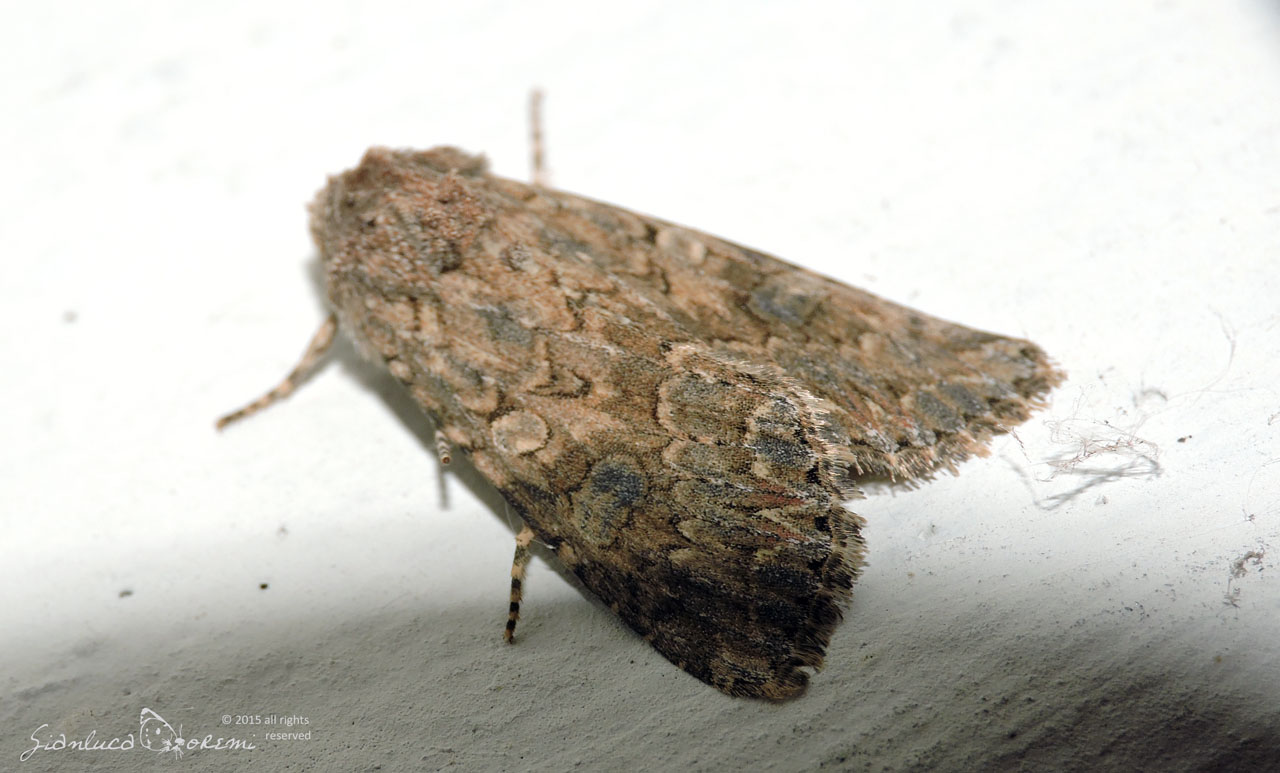
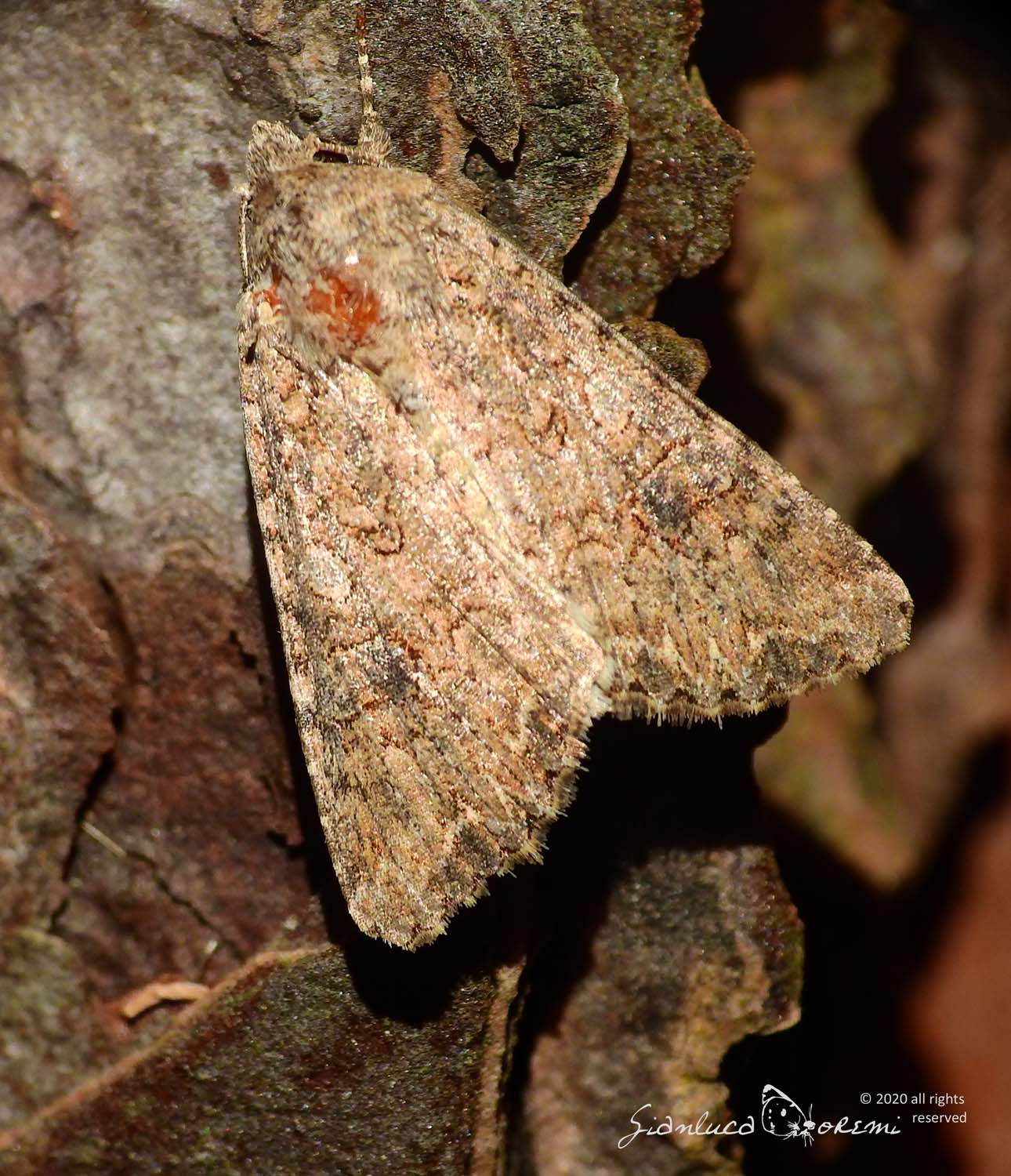

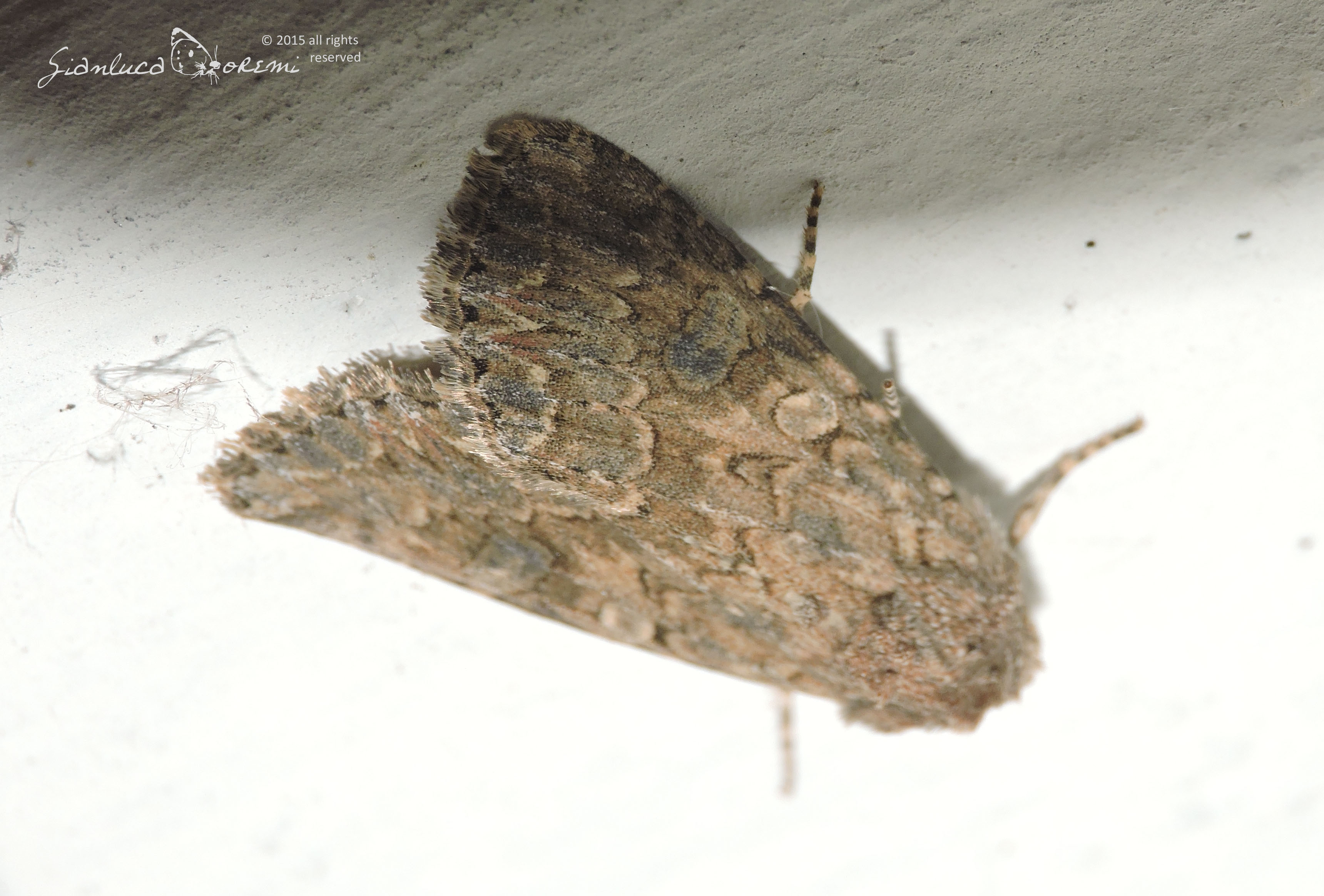
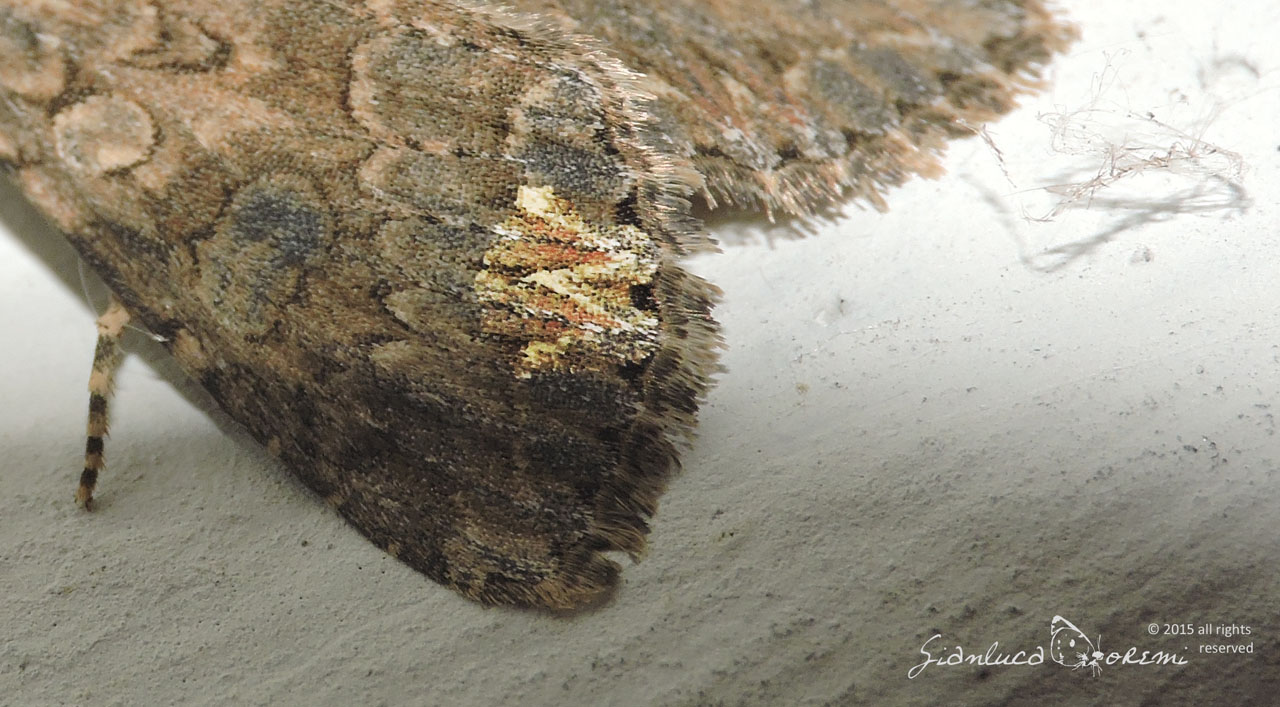
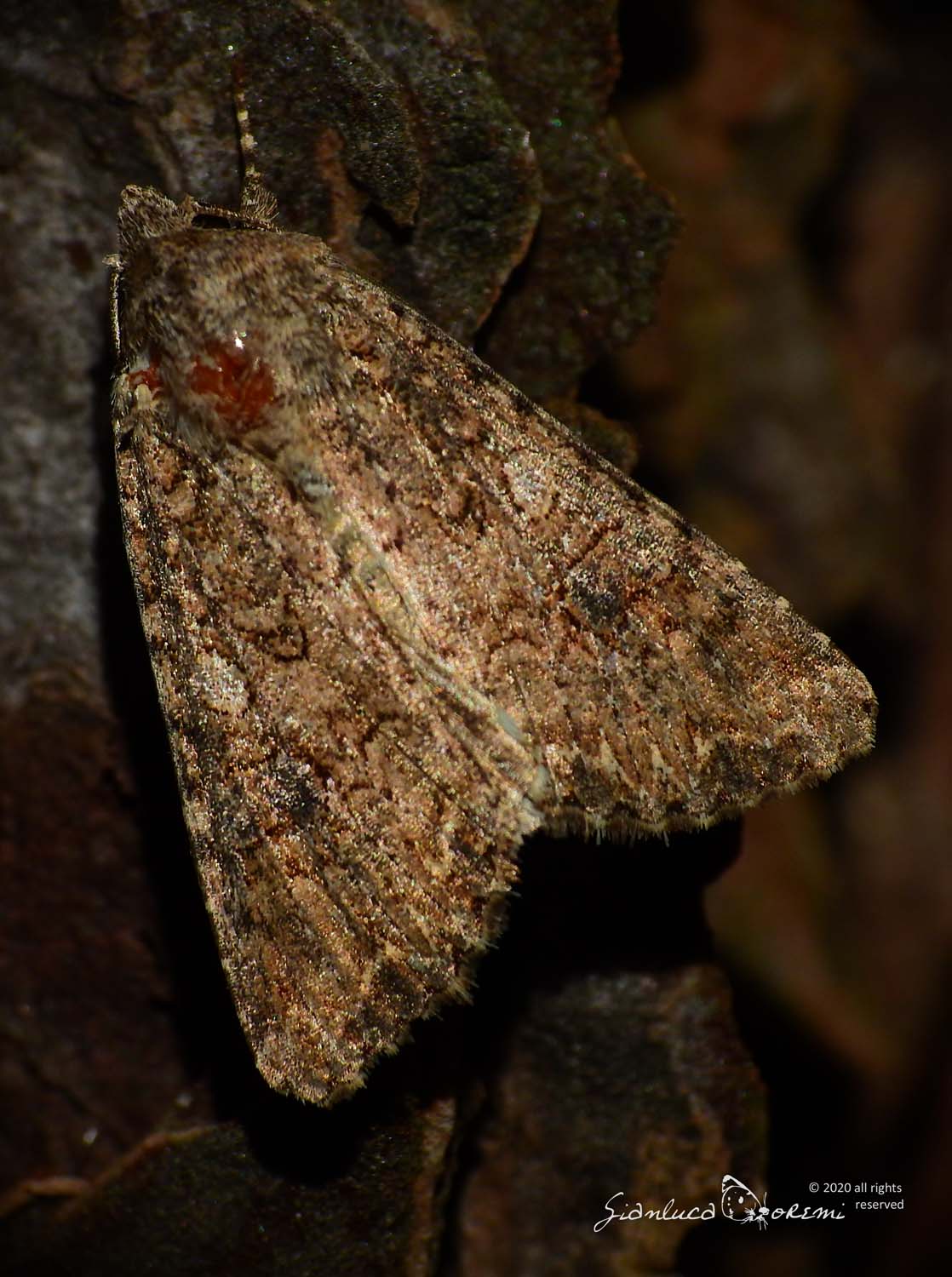

 EN
EN ITA
ITA
Social and publications